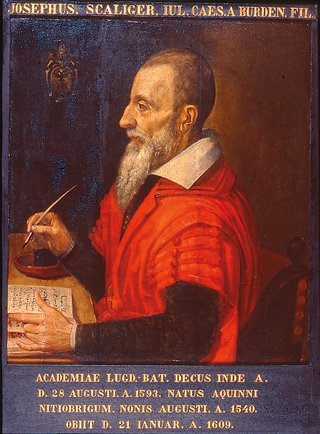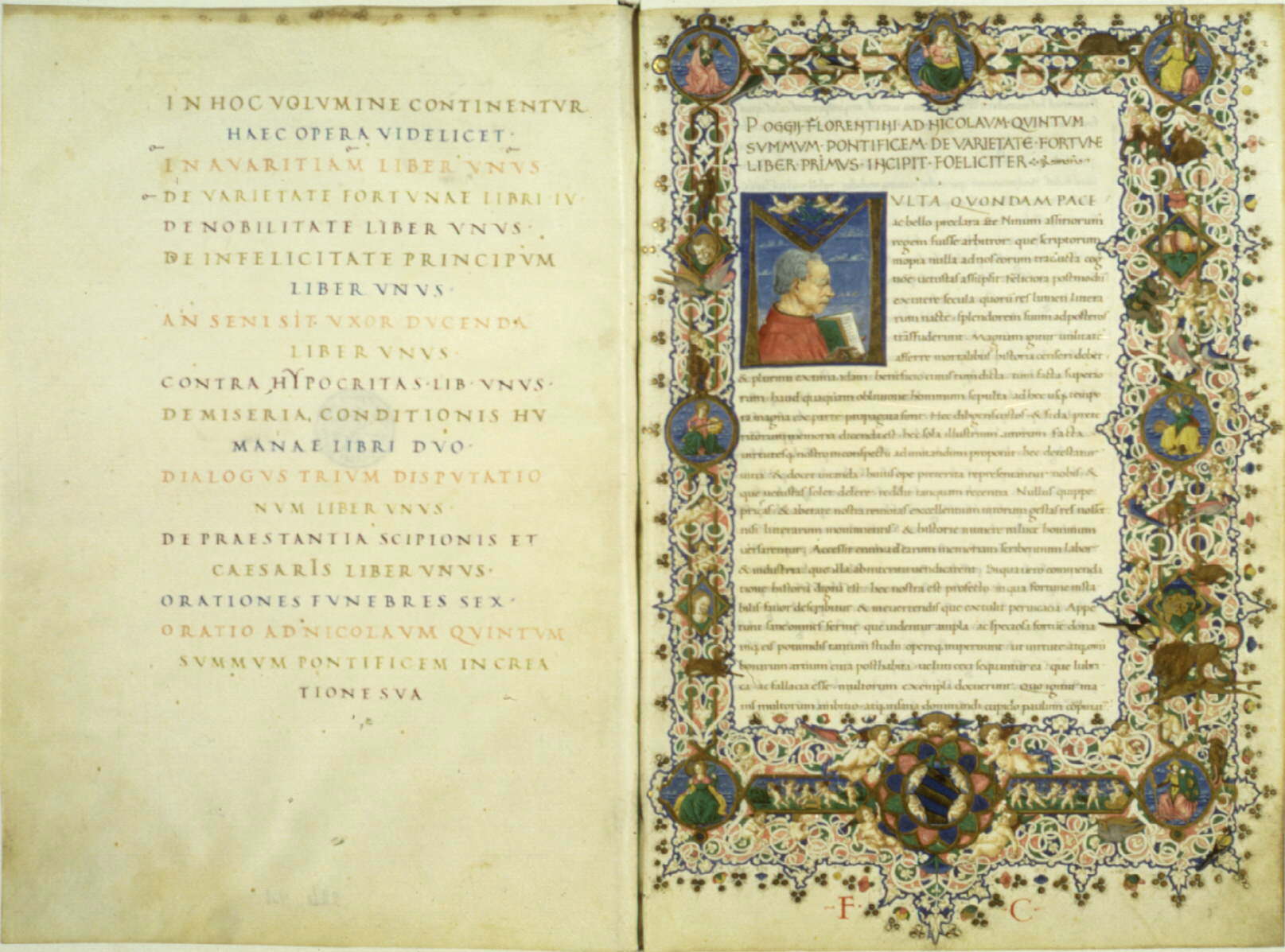|
Astronomica (Manilius)
The ''Astronomica'' (), also known as the ''Astronomicon'', is a Latin didactic poem about celestial phenomena, written in hexameters and divided into five books. The ''Astronomica'' was written by a Roman poet whose name was likely Marcus Manilius; little is known of Manilius, and although there is evidence that the ''Astronomica'' was probably read by many other Roman writers, no surviving works explicitly quote him. The earliest work on astrology that is extensive, comprehensible, and mostly intact, the ''Astronomica'' describes celestial phenomena, and, in particular, the zodiac and astrology. The poemwhich seems to have been inspired by Lucretius's Epicurean poem '' De rerum natura''espouses a Stoic, deterministic understanding of a universe overseen by a god and governed by reason. The fifth book contains a lacuna, which has led to debate about the original size of the poem; some scholars have argued that whole books have been lost over the years, whereas others believe ... [...More Info...] [...Related Items...] OR: [Wikipedia] [Google] [Baidu] |
Marcus Manilius
Marcus Manilius (fl. 1st century AD) was a Roman poet, astrologer, and author of a poem in five books called '' Astronomica''. The ''Astronomica'' The author of ''Astronomica'' is neither quoted nor mentioned by any ancient writer. Even his name is uncertain, but it was probably Marcus Manilius; in the earlier books the author is anonymous, the later give Manilius, Manlius, Mallius. The poem itself implies that the writer lived under Augustus or Tiberius, and that he was a citizen of and resident in Rome, suggesting that Manilius wrote the work during the 20s CE. According to the early 18th century classicist Richard Bentley, he was an Asiatic Greek; according to the 19th-century classicist Fridericus Jacob, an African. His work is one of great learning; he had studied his subject in the best writers, and generally represents the most advanced views of the ancients on astronomy (or rather astrology). Manilius frequently imitates Lucretius. Although his diction presents some pe ... [...More Info...] [...Related Items...] OR: [Wikipedia] [Google] [Baidu] |
Joseph Justus Scaliger
Joseph Justus Scaliger (; 5 August 1540 – 21 January 1609) was a French Calvinist religious leader and scholar, known for expanding the notion of classical history from Greek and Ancient Roman history to include Persian, Babylonian, Jewish and Ancient Egyptian history. He spent the last sixteen years of his life in the Netherlands. Early life In 1540, Scaliger was born in Agen, France, to Italian scholar and physician Julius Caesar Scaliger and his wife, Andiette de Roques Lobejac. His only formal education was three years of study at the College of Guienne in Bordeaux, which ended in 1555 due to an outbreak of the bubonic plague. Until his death in 1558, Julius Scaliger taught his son Latin and poetry; he was made to write at least 80 lines of Latin a day. University and travels After his father's death, Scaliger spent four years at the University of Paris, where he studied Greek under Adrianus Turnebus. After two months he found he was not in a position to profit from t ... [...More Info...] [...Related Items...] OR: [Wikipedia] [Google] [Baidu] |
Poggio Bracciolini
Gian Francesco Poggio Bracciolini (11 February 1380 – 30 October 1459), usually referred to simply as Poggio Bracciolini, was an Italian scholar and an early Renaissance humanist. He was responsible for rediscovering and recovering many classical Latin manuscripts, mostly decaying and forgotten in German, Swiss, and French monastic libraries. His most celebrated finds are ''De rerum natura'', the only surviving work by Lucretius, ''De architectura'' by Vitruvius, lost orations by Cicero such as '' Pro Sexto Roscio'', Quintilian's ''Institutio Oratoria'', Statius' ''Silvae'', and Silius Italicus's ''Punica'', as well as works by several minor authors such as Frontinus' ''De aquaeductu'', Ammianus Marcellinus’ ''Res Gestae'' (''Rerum gestarum Libri XXXI''), Nonius Marcellus, Probus, Flavius Caper, and Eutyches. Birth and education Poggio di Guccio (the surname Bracciolini added during his career) was born near Arezzo in Tuscany, in the village of Terranuova, which in 1862 wa ... [...More Info...] [...Related Items...] OR: [Wikipedia] [Google] [Baidu] |
Renaissance Humanism
Renaissance humanism was a revival in the study of classical antiquity, at first in Italy and then spreading across Western Europe in the 14th, 15th, and 16th centuries. During the period, the term ''humanist'' ( it, umanista) referred to teachers and students of the humanities, known as the , which included grammar, rhetoric, history, poetry, and moral philosophy. It was not until the 19th century that this began to be called ''humanism'' instead of the original ''humanities'', and later by the retronym ''Renaissance humanism'' to distinguish it from later humanist developments. During the Renaissance period most humanists were Christians, so their concern was to "purify and renew Christianity", not to do away with it. Their vision was to return ''ad fontes'' ("to the sources") to the simplicity of the New Testament, bypassing the complexities of medieval theology. Under the influence and inspiration of the classics, humanists developed a new rhetoric and new learning. Some scho ... [...More Info...] [...Related Items...] OR: [Wikipedia] [Google] [Baidu] |
Lacuna (manuscripts)
A lacuna ( lacunae or lacunas) is a gap in a manuscript, inscription, text, painting, or musical work. A manuscript, text, or section suffering from gaps is said to be "lacunose" or "lacunulose". Weathering, decay, and other damage to old manuscripts or inscriptions are often responsible for lacunae - words, sentences, or whole passages that are missing or illegible. Palimpsests are particularly vulnerable. To reconstruct the original text, the context must be considered. In papyrology and textual criticism, this may lead to competing reconstructions and interpretations. Published texts that contain lacunae often mark the section where text is missing with a bracketed ellipsis. For example, "This sentence contains 20 words, and ..nouns," or, "Finally, the army arrived at ..and made camp." Notable examples See also * Unfinished work Unfinished may refer to: *Unfinished creative work, a work which a creator either chose not to finish or was prevented from finishing. ... [...More Info...] [...Related Items...] OR: [Wikipedia] [Google] [Baidu] |
Determinism
Determinism is a philosophical view, where all events are determined completely by previously existing causes. Deterministic theories throughout the history of philosophy have developed from diverse and sometimes overlapping motives and considerations. The opposite of determinism is some kind of indeterminism (otherwise called nondeterminism) or randomness. Determinism is often contrasted with free will, although some philosophers claim that the two are compatible.For example, see Determinism is often used to mean ''causal determinism'', which in physics is known as cause-and-effect. This is the concept that events within a given paradigm are bound by causality in such a way that any state of an object or event is completely determined by its prior states. This meaning can be distinguished from other varieties of determinism mentioned below. Debates about determinism often concern the scope of determined systems; some maintain that the entire universe is a single determina ... [...More Info...] [...Related Items...] OR: [Wikipedia] [Google] [Baidu] |
Stoicism
Stoicism is a school of Hellenistic philosophy founded by Zeno of Citium in Athens in the early 3rd century Common Era, BCE. It is a philosophy of personal virtue ethics informed by its system of logic and its views on the natural world, asserting that the practice of virtue is both necessary and sufficient to achieve Eudaimonia, (happiness, ): one flourishes by living an Ethics, ethical life. The Stoics identified the path to with a life spent practicing the cardinal virtues and living in accordance with nature. The Stoics are especially known for teaching that "virtue is the only good" for human beings, and that external things, such as health, wealth, and pleasure, are not good or called in themselves (''adiaphora'') but have value as "material for virtue to act upon". Alongside Aristotelian ethics, the Stoic tradition forms one of the major founding approaches to virtue ethics. The Stoics also held that certain destructive emotions resulted from errors of judgment, and th ... [...More Info...] [...Related Items...] OR: [Wikipedia] [Google] [Baidu] |
De Rerum Natura
''De rerum natura'' (; ''On the Nature of Things'') is a first-century BC didactic poem by the Roman poet and philosopher Lucretius ( – c. 55 BC) with the goal of explaining Epicurean philosophy to a Roman audience. The poem, written in some 7,400 dactylic hexameters, is divided into six untitled books, and explores Epicurean physics through poetic language and metaphors. Greenblatt (2011). Namely, Lucretius explores the principles of atomism; the nature of the mind and soul; explanations of sensation and thought; the development of the world and its phenomena; and explains a variety of celestial and terrestrial phenomena. The universe described in the poem operates according to these physical principles, guided by ''fortuna'' ("chance"), and not the divine intervention of the traditional Roman deities. Background To the Greek philosopher Epicurus, the unhappiness and degradation of humans arose largely from the dread which they entertained of the power of the deities, from ... [...More Info...] [...Related Items...] OR: [Wikipedia] [Google] [Baidu] |
Epicurean
Epicureanism is a system of philosophy founded around 307 BC based upon the teachings of the ancient Greek philosopher Epicurus. Epicureanism was originally a challenge to Platonism. Later its main opponent became Stoicism. Few writings by Epicurus have survived. However, there are independent attestations of his ideas from his later disciples. Some scholars consider the epic poem '' De rerum natura'' (Latin for ''On the Nature of Things'') by Lucretius to present in one unified work the core arguments and theories of Epicureanism. Many of the scrolls unearthed at the Villa of the Papyri at Herculaneum are Epicurean texts. At least some are thought to have belonged to the Epicurean philosopher Philodemus. Epicurus also had a wealthy 2nd-century AD disciple, Diogenes of Oenoanda, who had a portico wall inscribed with tenets of the philosophy erected in Oenoanda, Lycia (present day Turkey). Epicurus was an atomic materialist, following in the steps of Democritus. His material ... [...More Info...] [...Related Items...] OR: [Wikipedia] [Google] [Baidu] |
Lucretius
Titus Lucretius Carus ( , ; – ) was a Roman poet and philosopher. His only known work is the philosophical poem ''De rerum natura'', a didactic work about the tenets and philosophy of Epicureanism, and which usually is translated into English as ''On the Nature of Things''—and somewhat less often as ''On the Nature of the Universe''. Lucretius has been credited with originating the concept of the three-age system that was formalised in 1836 by C. J. Thomsen. Very little is known about Lucretius's life; the only certainty is that he was either a friend or client of Gaius Memmius, to whom the poem was addressed and dedicated. ''De rerum natura'' was a considerable influence on the Augustan poets, particularly Virgil (in his ''Aeneid'' and ''Georgics'', and to a lesser extent on the ''Eclogues'') and Horace. The work was almost lost during the Middle Ages, but was rediscovered in 1417 in a monastery in Germany by Poggio Bracciolini and it played an important role both ... [...More Info...] [...Related Items...] OR: [Wikipedia] [Google] [Baidu] |
Zodiac
The zodiac is a belt-shaped region of the sky that extends approximately 8° north or south (as measured in celestial latitude) of the ecliptic, the Sun path, apparent path of the Sun across the celestial sphere over the course of the year. The paths of the Moon and visible planets are within the belt of the zodiac. In Western astrology, and formerly astronomy, the zodiac is divided into astrological sign, twelve signs, each occupying 30° of celestial longitude and roughly corresponding to the following star constellations: Aries (astrology), Aries, Taurus (astrology), Taurus, Gemini (astrology), Gemini, Cancer (astrology), Cancer, Leo (astrology), Leo, Virgo (astrology), Virgo, Libra (astrology), Libra, Scorpio (astrology), Scorpio, Sagittarius (astrology), Sagittarius, Capricorn (astrology), Capricorn, Aquarius (astrology), Aquarius, and Pisces (astrology), Pisces. These astrological signs form a celestial coordinate system, or more specifically an ecliptic coordinate sys ... [...More Info...] [...Related Items...] OR: [Wikipedia] [Google] [Baidu] |





.jpg)
_-_BEIC_6353768.jpg)


